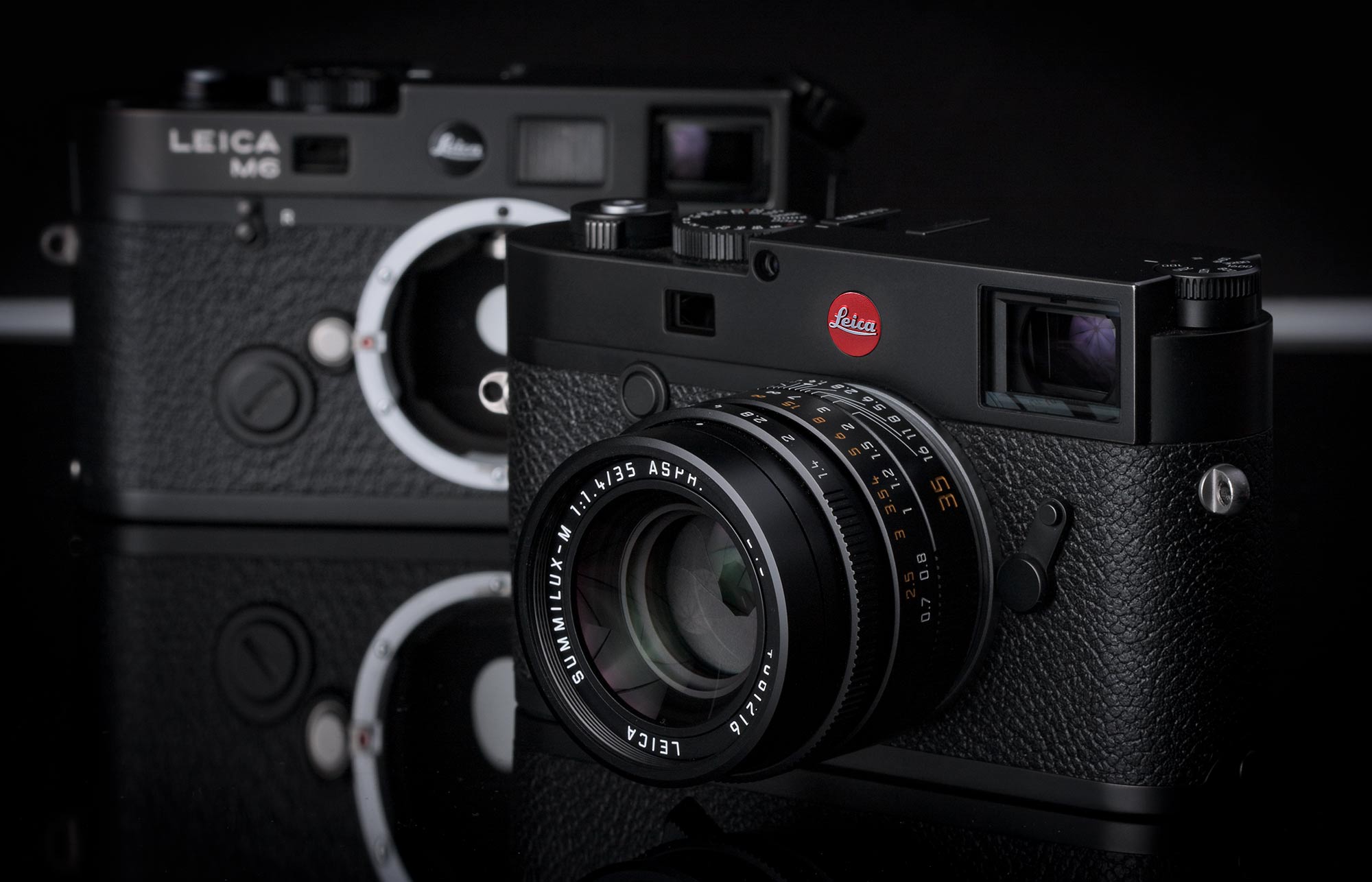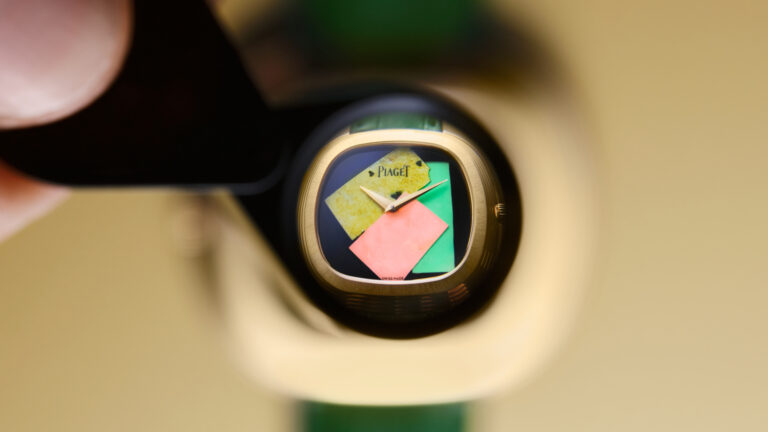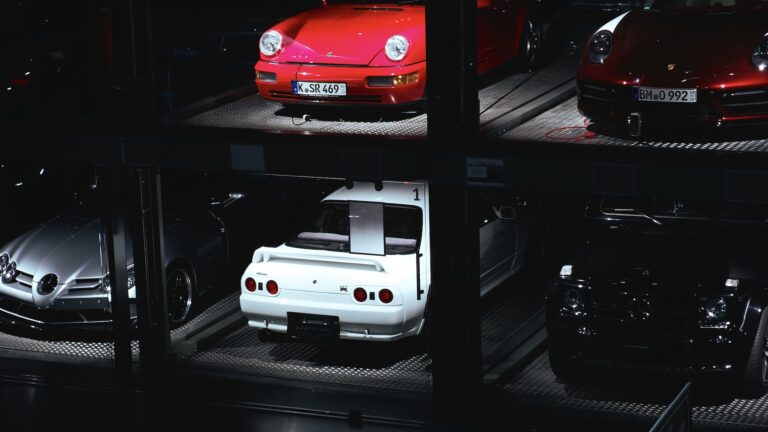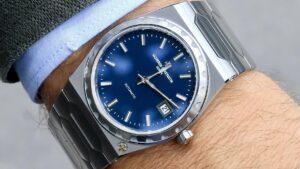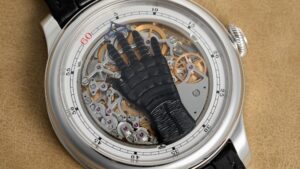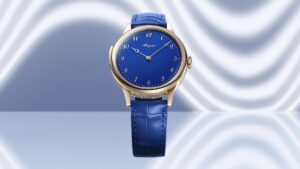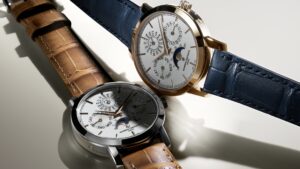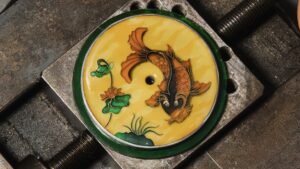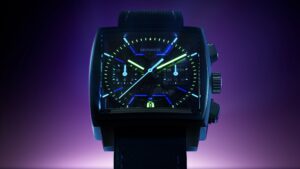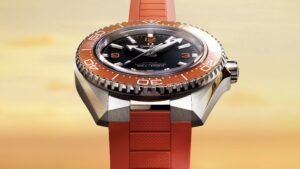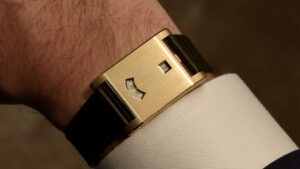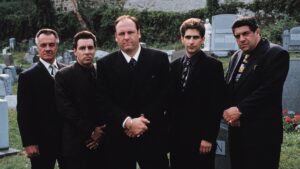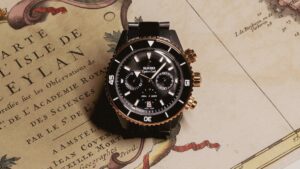These days, the name “Leica” is synonymous with quality engineering, innovative design, and the gold standard for personal photography. But the Leica we know and celebrate presently wasn’t always recognised as such.
Here’s the fascinating history of Leica explained in five minutes.
Oskar Barnack: the father of modern photography
They say success has a thousand fathers (and failure is an unwanted orphan). That may be the case in most instances. But there was arguably one “father” which Leica, as well as modern photography, owes first and foremost. This man was Oskar Barnack.
Barnack was an engineer at the Ernst Leitz Optische company (Ernst Leitz Optische Werke) who had been headhunted from Carl Zeiss. And this engineer had quite the passion for travel photography. The only problem was cameras back then only came in the form of bulky kits complete with individual plates for single shots… and Barnack suffered from asthma. So like all great innovators, Barnack began problem solving.
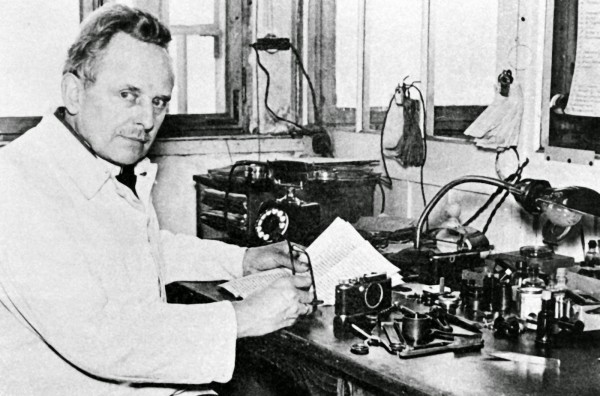
The birth of the world’s first 35mm camera
In 1913, Barnack produced the first compact camera prototype, dubbed the UR-LEICA. The name “Leica” was derived from a combination of Leitz Camera.
The genius went far beyond scaling down all that photographic technology necessary for a 1900s snapshot, though that in itself was quite an accomplishment. The genius, as it were, was also in how he devised a way to capture multiple shots without reloading after each picture (which was just the accepted norm at the time). Barnack went ahead and integrated perforated film rollers, allowing for shots to be taken in a sequence. Something you and I take for granted, but was practically unheard of in 1913.
This wasn’t just the birth of the world’s most portable camera. This was the birth of the world’s first ever 35mm camera.
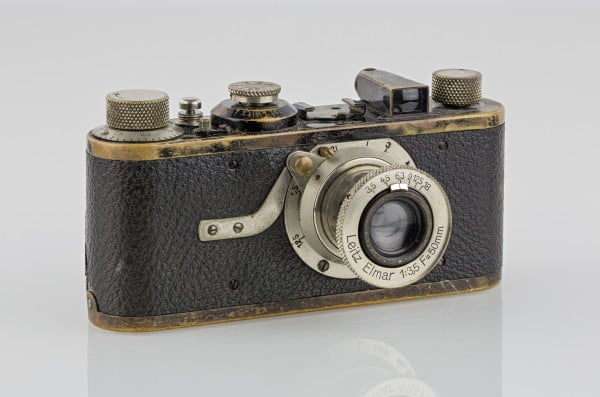
Try, try, try again…
Now you’d think that the story would end right there and then with the creation of the first prototype.
Far from it.
Despite having given the world a certified gamechanger, old mate Barnack would still have quite a ways to go before he could rest on his laurels. In 1923, he convinced the bossman and proprietor of the Ernst Leitz Optische, Ernst Leitz II, to manufacture thirty-one prototypes for outsider testing. And it… flopped. The reception was mixed (lukewarm at best). This obviously didn’t discourage Barnack. He just considered it as more work to be done.
For the next two years, our asthmatic engineer toiled away into the late hours of the night. Pouring all that he had into it. The goal in sight? To release what would become the Leica I at the 1925 Leipzig Fair. And when the time came, it was revered by the public. A resounding success. His work had paid off.
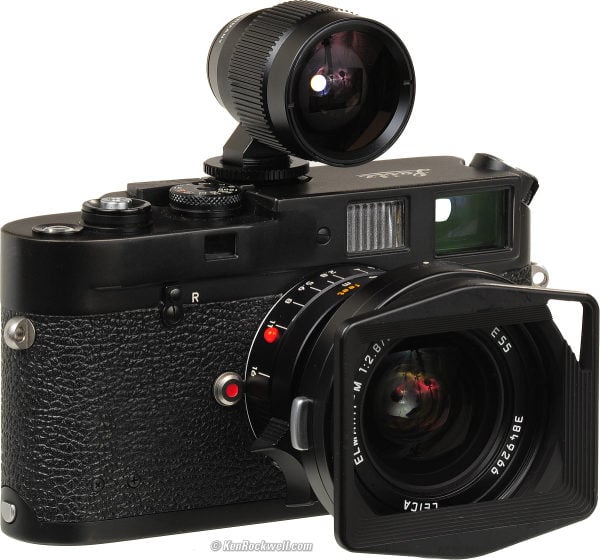
But success, as we all know, has no real ceiling. How else does a Bezos go from a single room office with a homemade banner to being the richest man on the planet, or Apple go from a public failure to being worth over a trillion dollars?
Naturally, the breakthrough creations kept on rolling out. Leica trail-blazed in the area of interchangeable lens. There was the inception of the LTM (Leica Thread Mount) found on cameras not produced by Leica to this day. And who could forget the signature built-in rangefinder coupled with a lens focus, something so revolutionary, it simply couldn’t be contained within the Leica house. Soon after, every camera was being moulded in the Leica image.
The legacy of Leica
The technology behind the first Leicas, as well as its successors, would quite literally shape the modern camera, and ultimately dictate the direction of modern photography. This very technology became the basis for every portable camera from your grandpa’s dusty Nikon, to those disposable cameras from the 90s everyone seems so hell bent on reviving, and even served as a stepping stone for the modern DSLRs of today.
Leica even developed the world’s first autofocus in the late 60s/early 70s. But the company assumed their customers were adept at manual focusing, so instead they chose to abandon it altogether and sold the design to Minolta. Fun fact, a lot of modern Leica models still don’t offer autofocus. They’re consistent if nothing else…
Through all their legendary years in the photography game, Leica cameras have become an unparalleled icon, further solidified by being the ones to document some of history’s more powerful moments. Scroll through the gallery below. I guarantee you’ll be surprised that a few of these moments were actually captured by a Leica model.
And there you have it. One hundred years of history in five minutes.
